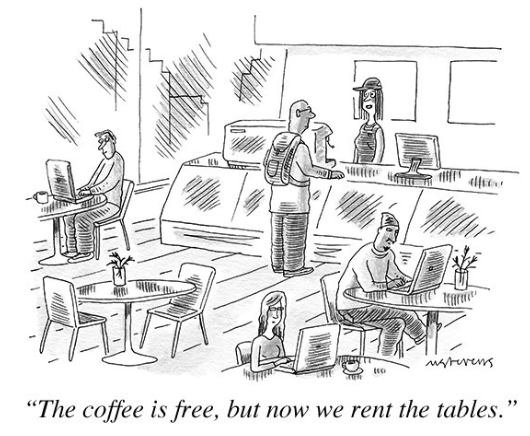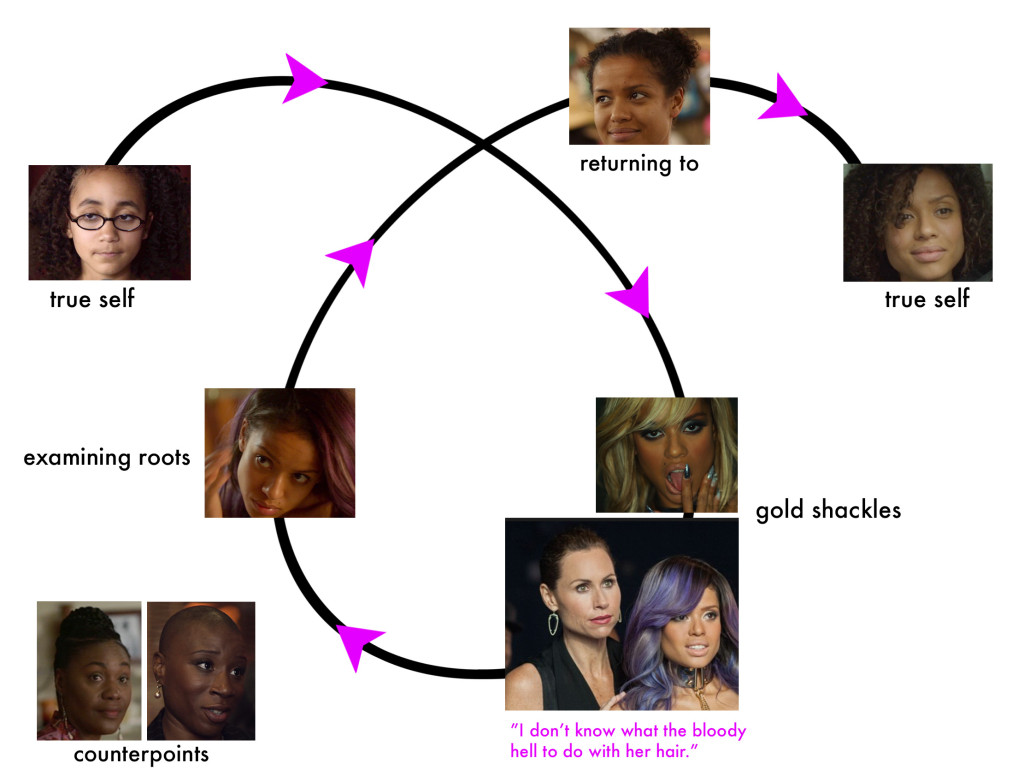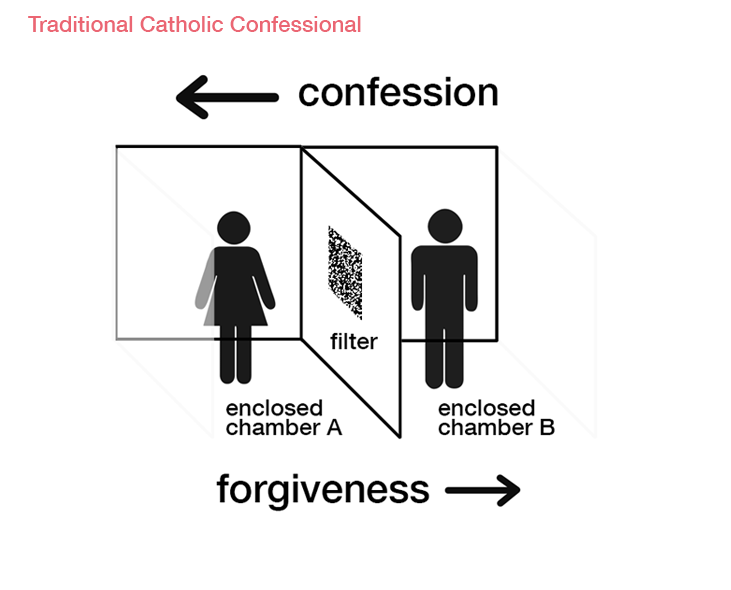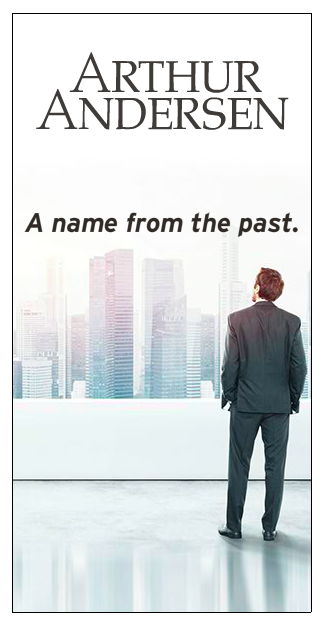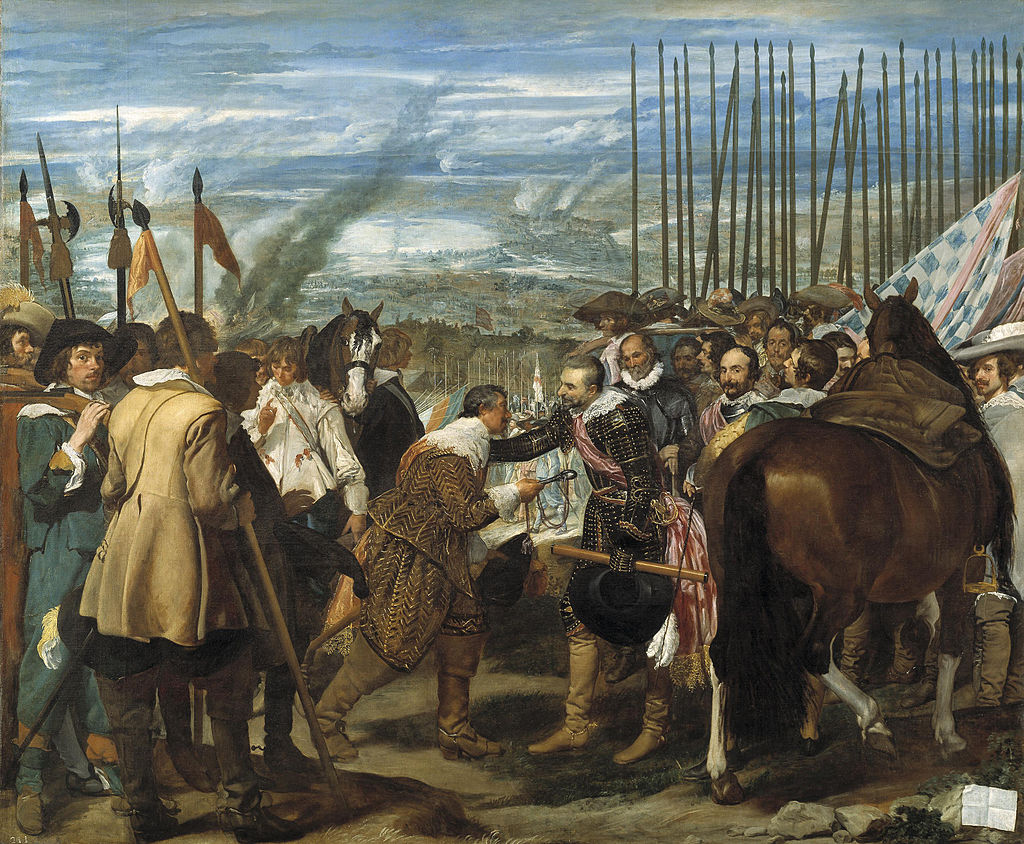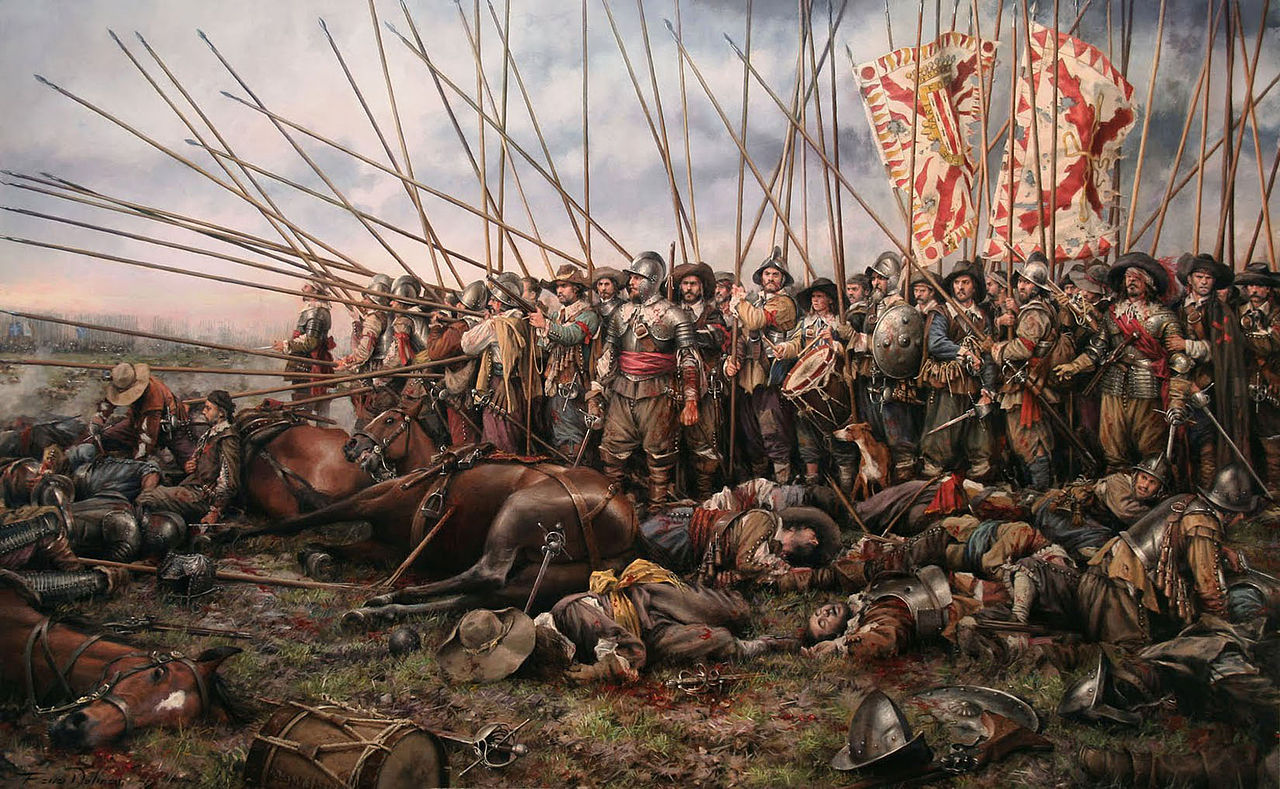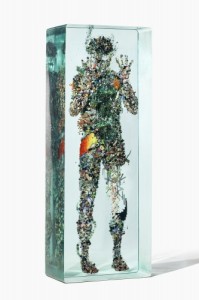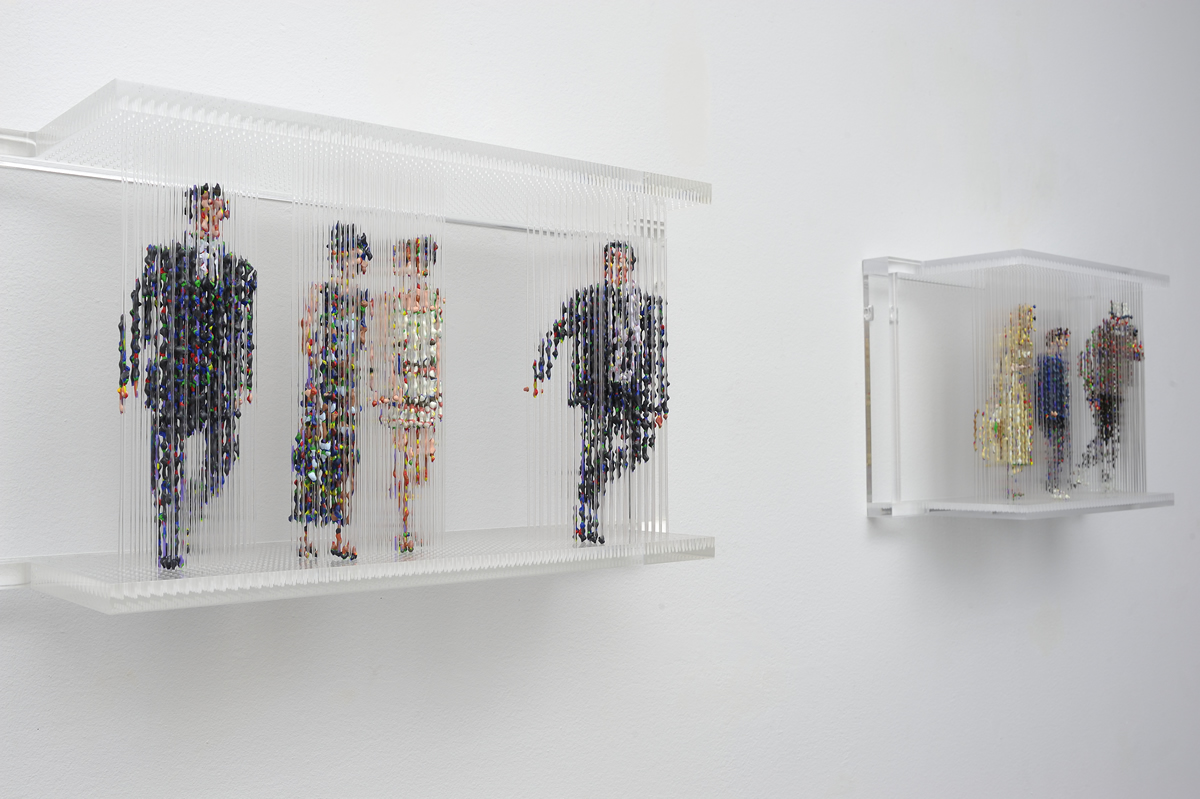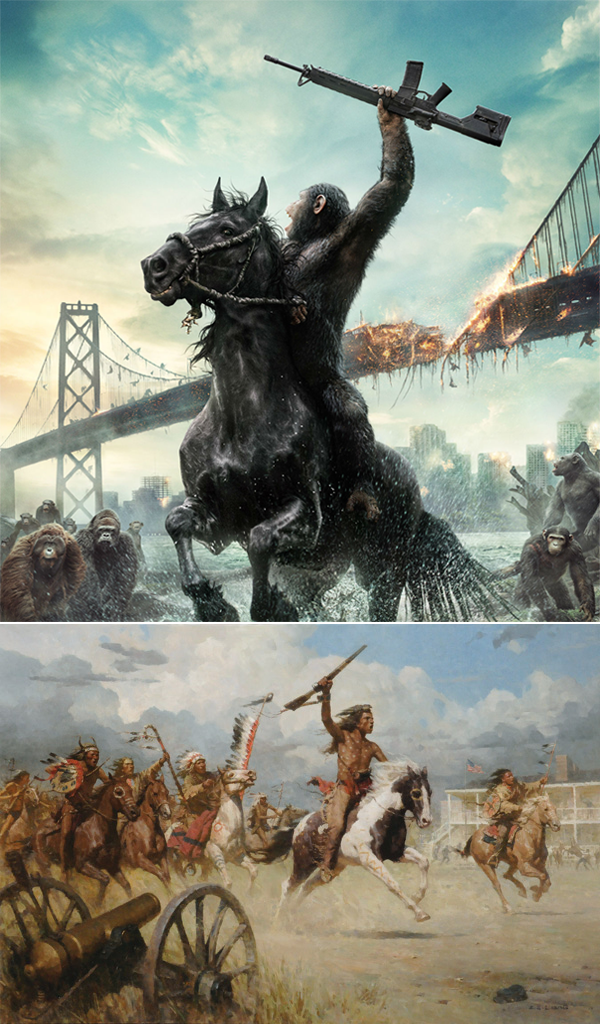soundtrack
Feelings by Morris Albert
art
Standard Loneliness Package by Charles Yu
Eternal Sunshine of the Spotless Mind by Charlie Kaufman
Brave New World by Aldous Huxley
commerce
Affective Labour, Pret a Manger and the political economy of post-recession England by Paul Myerscough
AKB48 member’s ‘penance’ shows flaws in idol culture
Private Dancer by Tina Turner
Beautiful Agony by Richard Lawrence and Lauren Olney
science
Humors
Oxytocin increases trust in humans by Michael Kosfeld, Markus Heinrichs, Paul J. Zak, Urs Fischbacher and Ernst Fehr
Professional sociopath Rush Limbaugh admits to OxyContin use
Scientology by Lawrence Wright:
To advance such lofty goals, Hubbard developed a “technology” to attain spiritual freedom and discover oneself as an immortal being. “Scientology works 100 percent of the time when it is properly applied to a person who sincerely desires to improve his life,” a church publication declares. This guarantee rests on the assumption that through rigorous research, Hubbard had uncovered a perfect understanding of human nature. One must not stray from the path he has laid down or question his methods. Scientology is exact. Scientology is certain. Step by step one can ascend toward clarity and power, becoming more oneself—but, paradoxically, also more like Hubbard. Scientology is the geography of his mind. Perhaps no individual in history has taken such copious internal soundings and described with so much logic and minute detail the inner workings of his own mentality. The method Hubbard put forward created a road map toward his own ideal self. Hubbard’s habits, his imagination, his goals and wishes—his character, in other words—became both the basis and the destination of Scientology.
Technologies of Self by Michel Foucault:
My objective for more than twenty-five years has been to sketch out a history of the different ways in our culture that humans develop knowledge about themselves: economics, biology, psychiatry, medicine, and penology. The main point is not to accept this knowledge at face value but to analyze these so-called sciences as very specific “truth games” related to specific techniques that human beings use to understand themselves.
As a context, we must understand that there are four major types of these “technologies,” each a matrix of practical reason: (I) technologies of production, which permit us to produce, transform, or manipulate things; (2) technologies of sign systems, which permit us to use signs, meanings, symbols, or signification; (3) technologies of power, which determine the conduct of individuals and submit them to certain ends or domination, an objectivizing of the subject; (4) technologies of the self, which permit individuals to effect by their own means or with the help of others a certain number of operations on their own bodies and souls, thoughts, conduct, and way of being, so as to transform I themselves in order to attain a certain state of happiness, purity, wisdom, perfection, or immortality.
Science and History of Treating Depression
An antidepressant like Paxil or Prozac, these new studies suggest, is most likely not acting as a passive signal-strengthener. It does not, as previously suspected, simply increase serotonin or send more current down a brain’s mood-maintaining wire. Rather, it appears to change the wiring itself.
